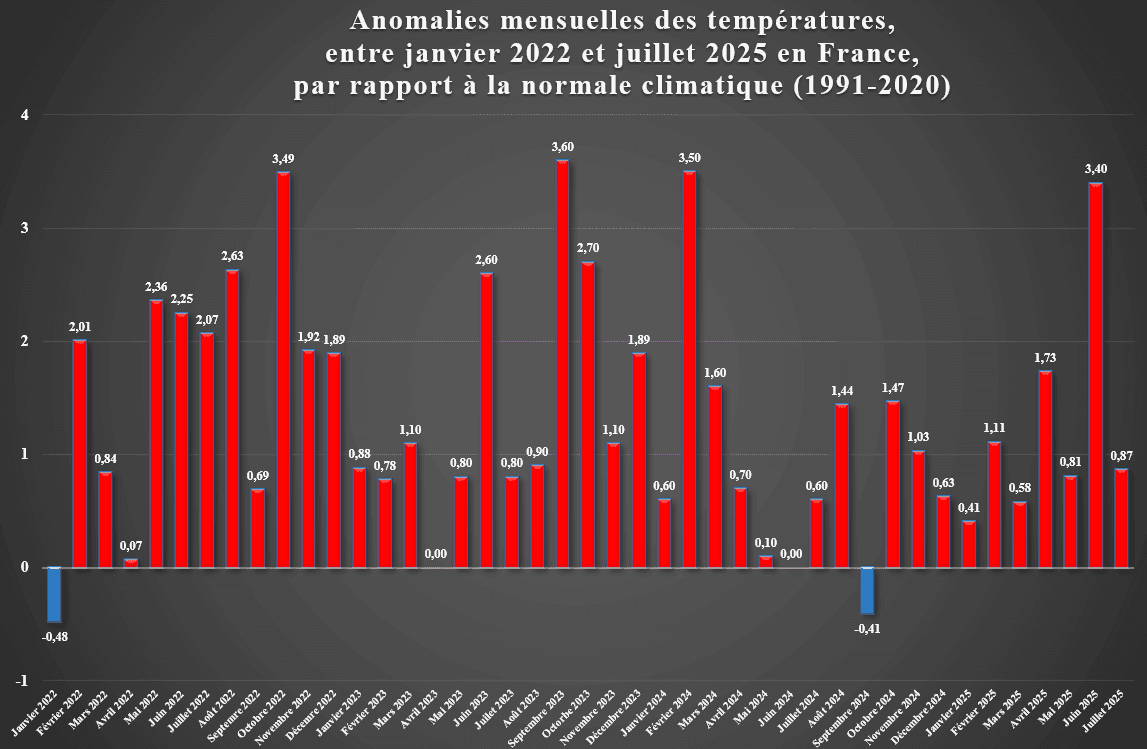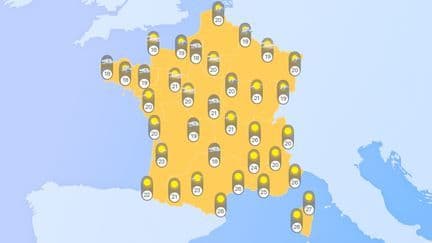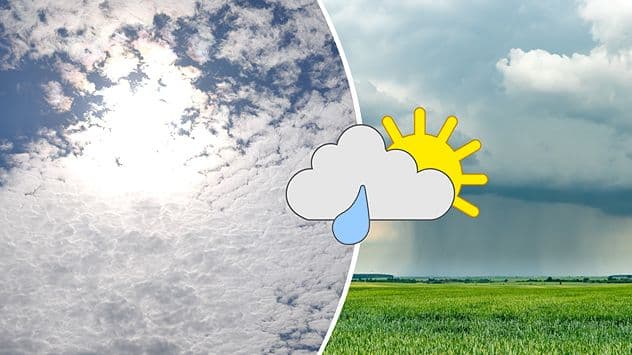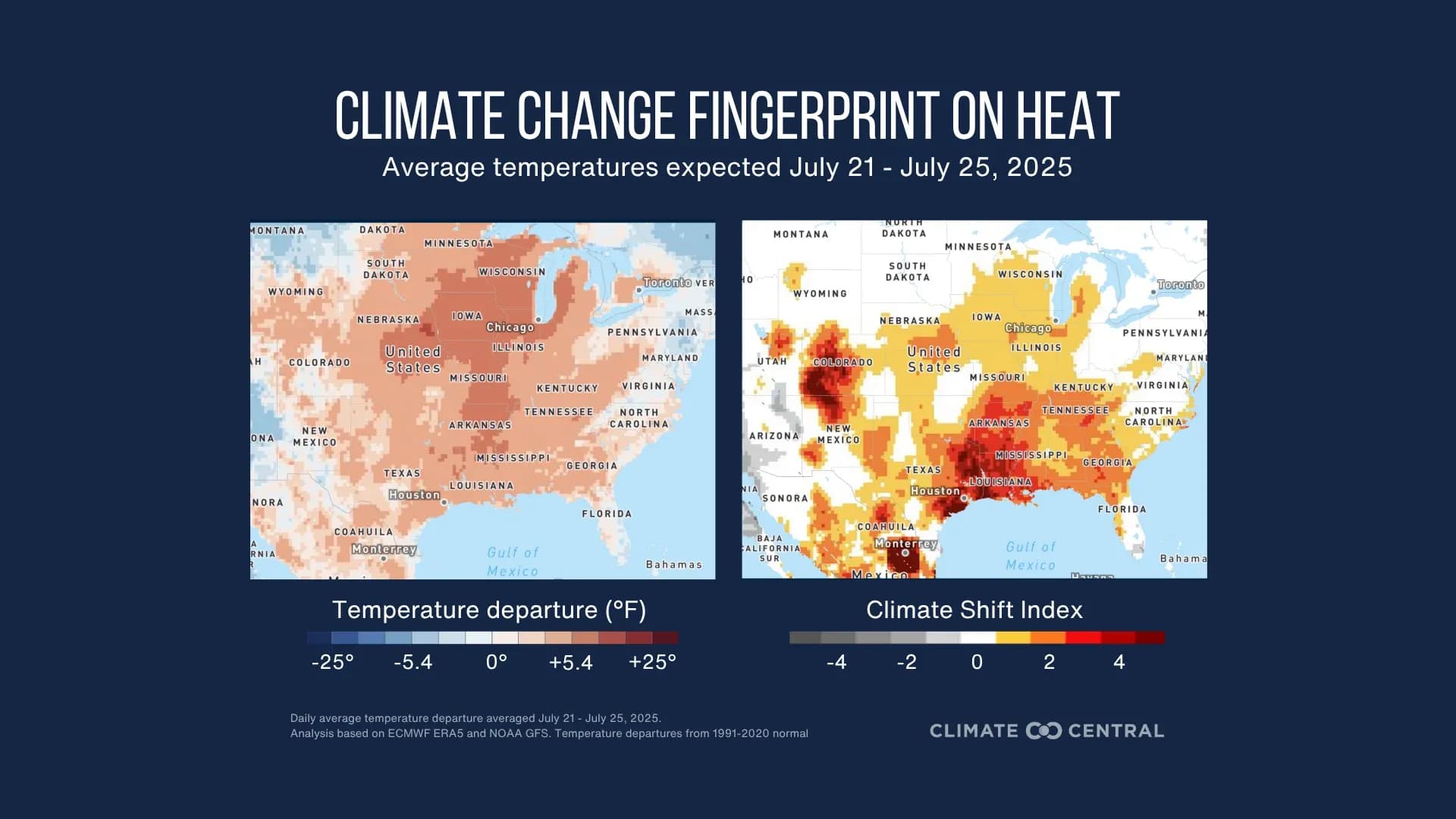Decoding the Dog Days: Unraveling France's Tricky August Heat Outlook
Unpack France's August heatwave forecast. Explore the science behind long-range predictions, its real-world impacts, and how to navigate a shifting summer climate.
The August Anomaly: Why the Heat Lingers
As steps into August, the meteorological outlook suggests a persistent embrace of summer, hinting at what French forecasters term a 'meteo vague de chaleur' – a prolonged, tricky heatwave. After a July that offered a mixed bag of intense heat and refreshing breaks, August seems poised to swing decidedly towards the warmer end of the spectrum, particularly across the southern half of the Hexagon. What's driving this? Experts point to the anticipated strong return of anticyclonic conditions, effectively acting as a lid on the atmosphere, coupled with a significant push of hot air from the south. While August 2nd might have offered a brief respite with temperatures dipping slightly below seasonal norms, this appears to be a fleeting moment before the warmth truly settles in. Forecasts for the week of August 4th to 10th already signal very high temperatures, especially in the southwest, with the potential for this heat to creep northward. The following week, from August 11th to 17th, reinforces this trend, with strong signals indicating sustained high temperatures, particularly in the south. While it's still early to definitively label it a 'canicule' (severe heatwave), the signs are increasingly strong, making close monitoring essential. This isn't just a one-off; July 2025 marked the 41st month out of the last 43 to be above climatic norms, a stark reminder of our changing climate.
Beyond the Horizon: The Art & Science of Long-Range Forecasting
Predicting the weather beyond a few days is less about crystal balls and more about complex scientific modeling, a discipline that becomes increasingly challenging when dealing with phenomena like prolonged heatwaves. As we look further into August, particularly towards the week of the 18th to 24th, the reliability of forecasts begins to wane, marked by significant divergence among various meteorological models. This isn't a flaw in the science, but rather an inherent characteristic of atmospheric dynamics; tiny initial uncertainties amplify over time, making definitive long-range predictions incredibly difficult. Meteorologists openly acknowledge this, often shifting from precise daily forecasts to broader 'trends' when looking beyond five days. For the week of August 25th to 31st, for instance, forecasters admit it's 'very difficult to establish a trend.' The most probable scenario at that point points to a brutal shift: the possible arrival of cooler Atlantic air, abruptly ending the intense heat, but potentially triggering violent thunderstorms, especially across a swathe from the southwest to the northeast. This highlights the delicate balance of air masses and the unpredictable nature of how a heatwave might eventually break. Long-term outlooks, updated weekly, are best viewed as the most likely scenario, always subject to significant change as new data emerges.
Heatwave's Echo: Impacts on Life, Land, and Water
The forecast for a generally warm, even very hot, August carries significant implications that extend far beyond simply high temperatures. One of the most pressing concerns, explicitly highlighted by meteorologists, is the potential for worsening soil drought. Prolonged periods of intense heat and a lack of widespread rainfall, particularly under the dominant anticyclonic conditions that suppress storm activity, can severely deplete soil moisture. This has cascading effects, impacting agriculture, natural ecosystems, and water resources. Imagine the pressure on crops already stressed by earlier mixed conditions, or the strain on water reserves crucial for drinking, irrigation, and industry. While the source material doesn't detail human health impacts, the very mention of potential 'canicule' conditions underscores the risks to vulnerable populations, making hydration and heat-safe practices paramount. As the heat eventually breaks, the predicted arrival of cooler air masses clashing with the entrenched warmth could unleash violent thunderstorms. These aren't just a welcome relief from the heat; they can bring their own set of hazards, from flash floods to damaging winds and hail, adding another layer of complexity to managing the late summer weather. It's a reminder that extreme heat is rarely an isolated event; its echoes reverberate across various facets of life and the environment.

Adapting to the New Normal: Strategies for a Warmer Future
Living with increasingly frequent and intense heatwaves, as indicated by the long-term trend of above-normal temperatures, means we must move beyond simply reacting to forecasts and instead embrace proactive adaptation. The consistent thermal excess observed in recent years, with July 2025 being just one example in a long series of warmer-than-average months, underscores that a 'new normal' is already here. Given the inherent uncertainties in long-range forecasting, particularly for the precise intensity and duration of heat, continuous vigilance becomes a cornerstone of resilience. What does this look like? For individuals, it means staying informed about evolving local forecasts, understanding the signs of heat stress, and adopting personal cooling strategies. For communities, it involves enhancing urban green spaces, promoting water conservation, and preparing emergency services for heat-related incidents and the potential for severe storms when heat breaks. Experts like , with a background in climatology focusing on climate change, emphasize the broader context. Adapting to this warmer future isn't just about surviving the next heatwave; it's about fundamentally rethinking our infrastructure, resource management, and daily habits to build long-term resilience against a climate that continues to shift. It's a collective challenge that demands foresight, flexibility, and a commitment to sustainable practices.
Related Articles

France's Shifting Skies: A Day of Contrasts in Summer Weather

France's Shifting Skies: A Day of Contrasts in Summer Weather

Unpacking Summer's Fiery Future: How Climate Change Rewrites the Rules of Heat

Unpacking Summer's Fiery Future: How Climate Change Rewrites the Rules of Heat

Weather's Wild Swings: Navigating France's Dual Climate Realities

Weather's Wild Swings: Navigating France's Dual Climate Realities

The Enduring Burn: Unmasking Climate's Mark on America's Hottest Days
